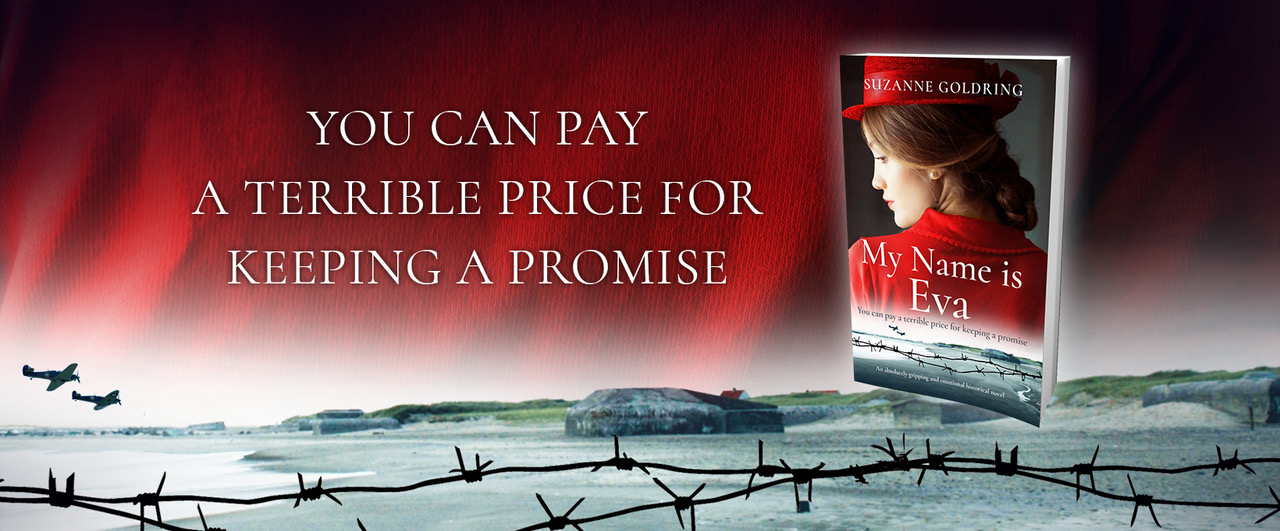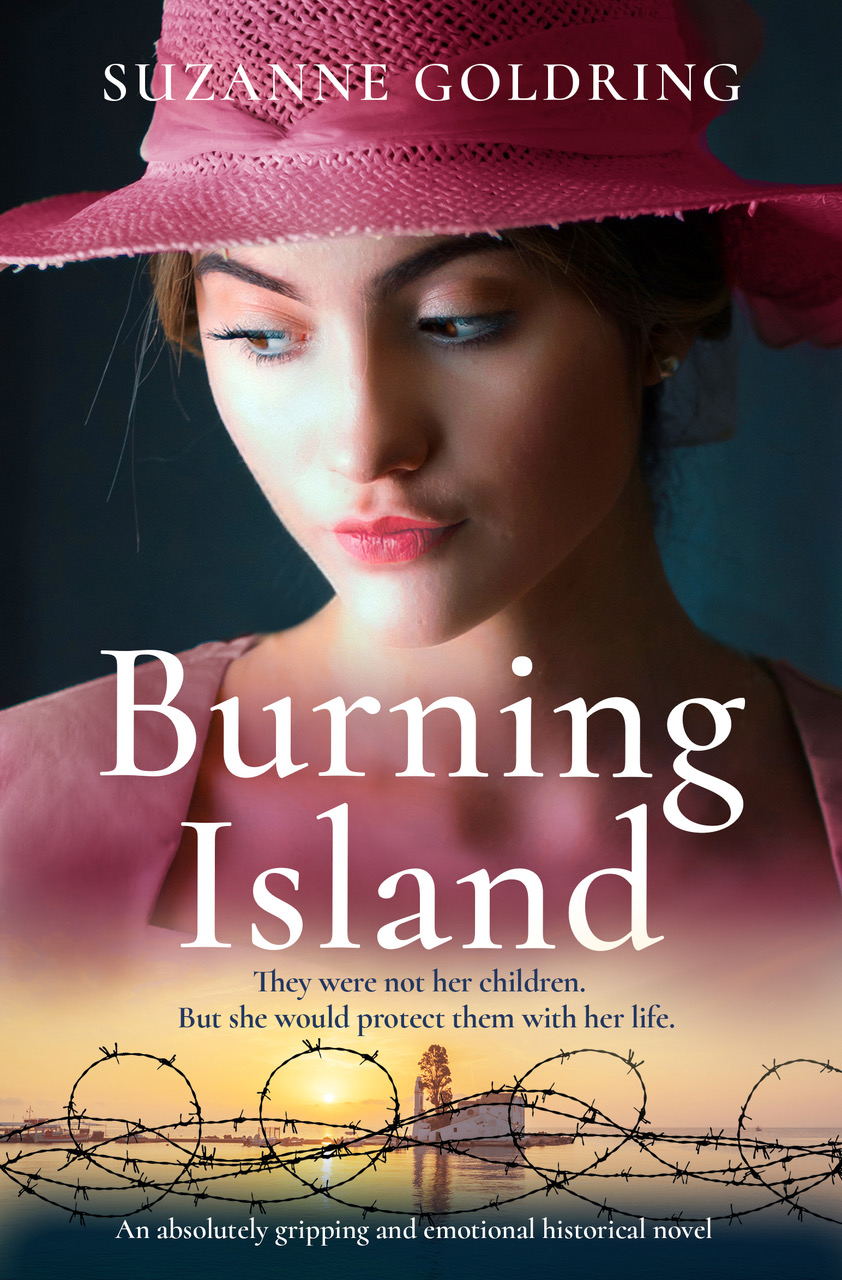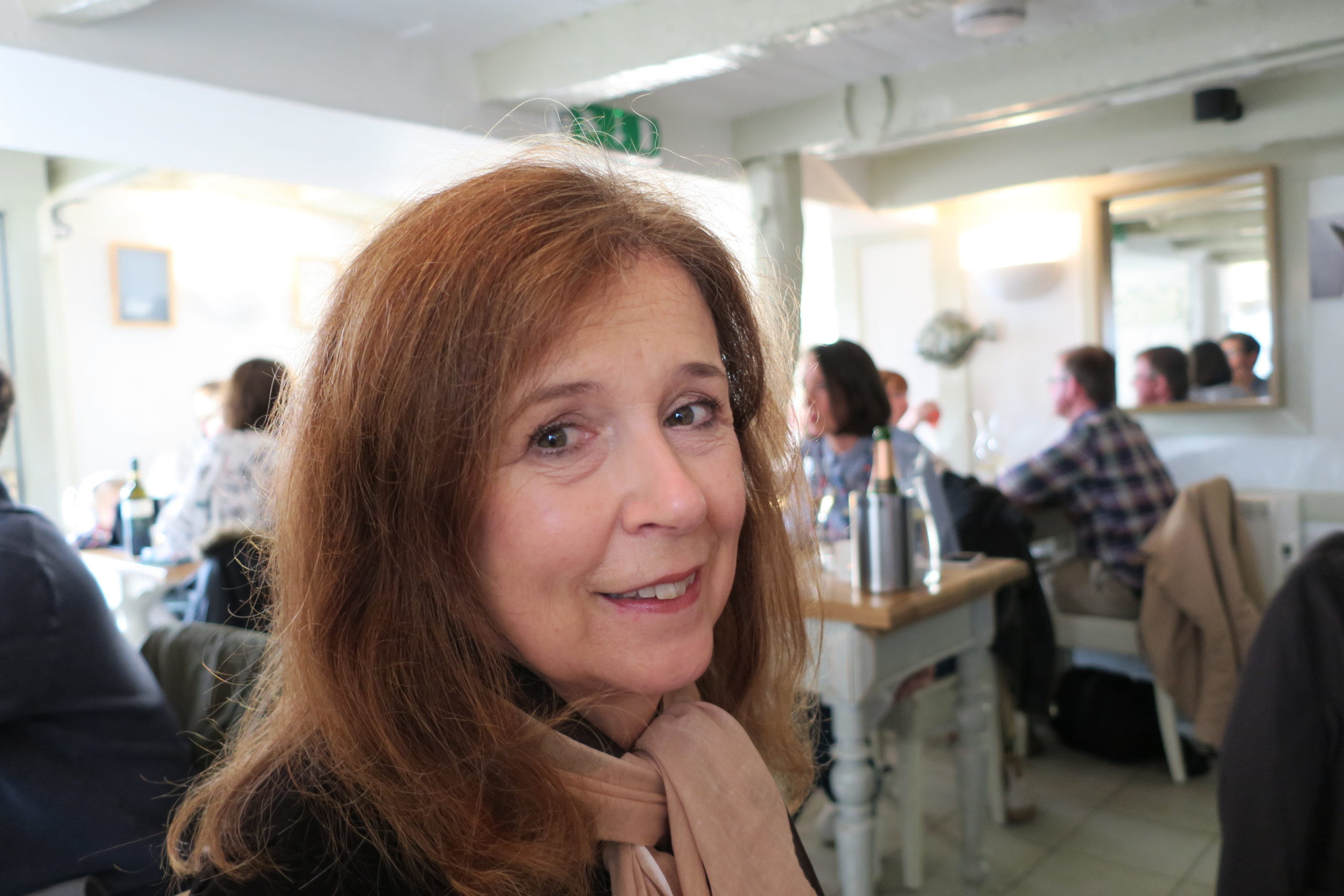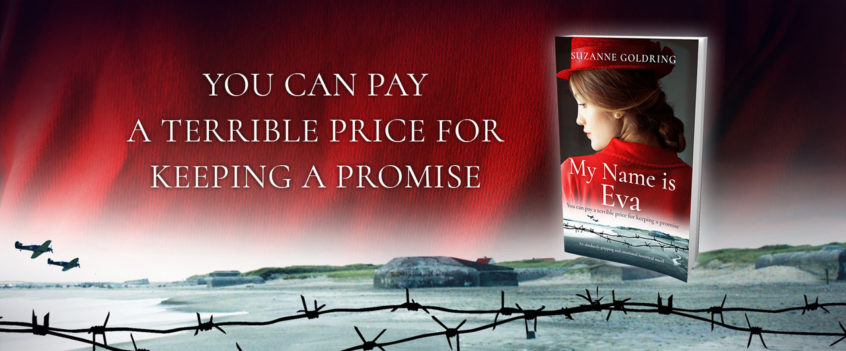Today I would like to welcome Suzanne Goldring to The Writers’ Hub. Her two best-selling novels are published by BookOuture and are available on amazon. These books are dual time stories. The first, My Name is Eva is extraordinary about an elderly lady with secrets that take us back to WWII and its aftermath. The second is set in Corfu today and during WWII. Here is what Sue has to say about writing dual time novels.

My Name is Eva
There were moments in the early stages of writing of my debut best-selling novel MY NAME IS EVA when I asked myself why I had chosen to write such a complicated narrative. Not only did it jump from 1945 to 1951, the 1970s and 80s to the present day, it also involved four stages in the life of my protagonist Evelyn Taylor-Clarke, with her voice developing to reflect her experiences and her aging character.
So why did I choose to give myself such a challenge? I’ve never considered myself as a historical novelist, yet that is how my work is now being described. I’ve always thought I write about the extraordinary lives of ordinary people and only delve into the past because I want the reader to fully understand my protagonist.
I am fascinated by the layers that create a character and what makes people do the things they do. Who we are today is shaped by what we have experienced before. Our reactions to situations are influenced by what we have done and seen, who has hurt us and who has loved us. So writing dual time line novels is a means of exploring why my characters behave the way they do.
Writing a novel with one time line is hard enough, as all novelists know when they grapple with the development of a plot with challenges, pace and a compelling story arc. Creating one with two or more timelines is more than doubly difficult. I am currently writing my third novel with this kind of structure and have applied the same method of plotting to all three. I start by writing the story for each time line separately. So for MY NAME IS EVA I had to firstly concentrate on Evelyn in old age when she is moved to a care home, then the stream of love letters she writes over the years to her husband. Then I wrote about her time as a young widow serving in post-war Germany and the years of late middle-age when she faces a long-awaited challenge. These four documents then had to be merged to create a cohesive whole. At first I tried alternating the four but quickly realised that the arc was submerged within the frequent changes of period and that it was essential to pick out the key moments in the overall plot and place them into the classic Hero’s Journey plot structure.
So then I resorted to my favourite method of structuring a novel – using index cards. Yes I know some writers favour Scrivener while others play with a pile of Post-It notes, but I use good old-fashioned index cards! Firstly I write out on an A4 lined pad a description of each chapter and its position in the MS. I then transfer all this information to cards and begin analysing the plot structure, making notes as I go of any plot holes or where I need more detail. This may sound unwieldy, but having done this I find I can see the whole work so much more clearly and then have a much better idea of where each chapter/scene should be placed. As I move my cards backwards and forwards I note their new position so I never lose track of where each section now resides. I sometimes wonder if I should simply throw the cards in the air or shuffle them like a card sharp and then follow the new order, but come on, I need to feel I have some control over this peculiar activity we call writing!
Once I am confident I have a clear idea of the plot structure, I think it’s then vital to ensure that there are links between the past and present. The scenes in the present must echo the past. So for instance in BURNING ISLAND, the first chapter set in 1944 describes the German soldiers playing football in the street with ripe lemons falling from the trees in Corfu Town, while in the present day the female protagonist is wondering how to make good use of the abundance of lemons in the villa garden.

The Burning Island
In that well known quote from The Go-Between, L.P.Hartley wrote, ‘The past is a foreign country: they do things differently there.’ So true, but it could also be said, that the past is a known country guiding us into the unknown. The Spanish-born philosopher George Santayana wrote, ‘Those who cannot remember the past are condemned to repeat it.’
My characters won’t always learn from their past, but I hope that by exploring what has shaped them perhaps the reader can.

Sue Stephenson
‘Following an eventful career as a public relations consultant, specialising in business and travel, Suzanne Goldring turned to writing the kind of novels she likes to read, about the extraordinary lives of ordinary people. Her debut novel MY NAME IS EVA draws on her experience of volunteering in a care home and was partially inspired by a cache of wartime love letters which were saved from the flames. Her second novel, BURNING ISLAND, is set in Corfu, a place of fun and beauty but also tremendous tragedy.’

Writing by the Sea
Suzanne writes in her thatched cottage in Hampshire and a seaside cottage in Cornwall.





